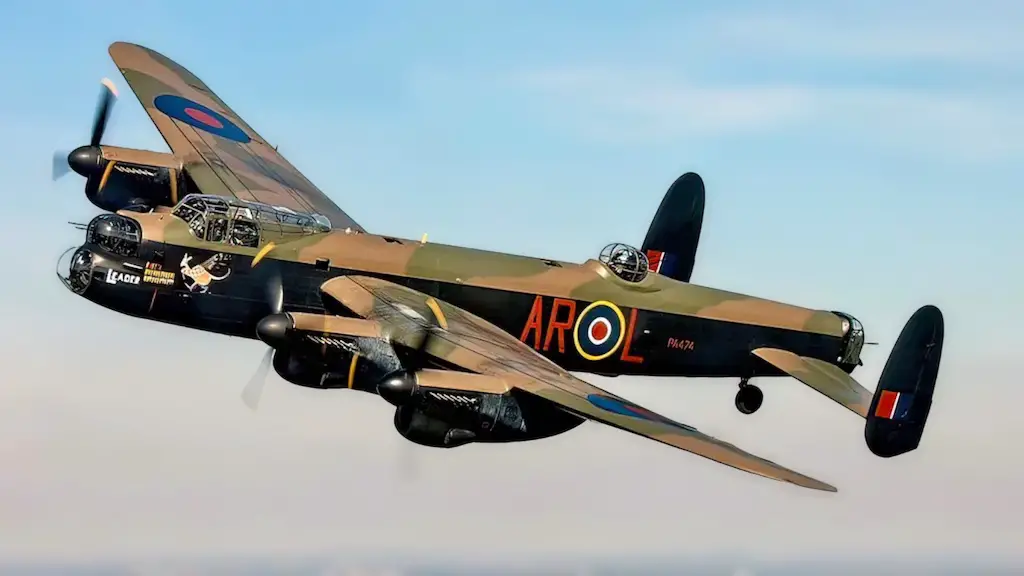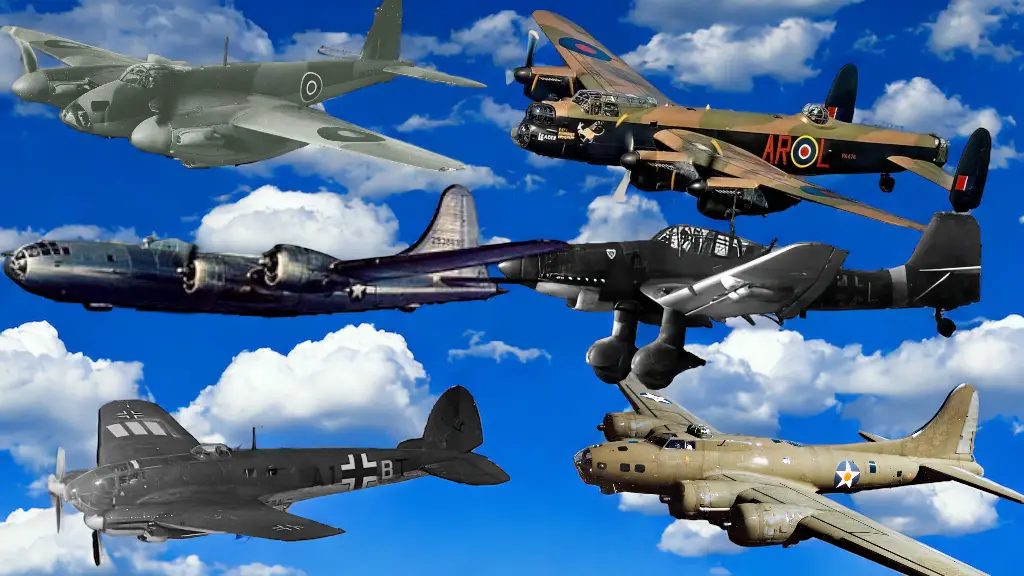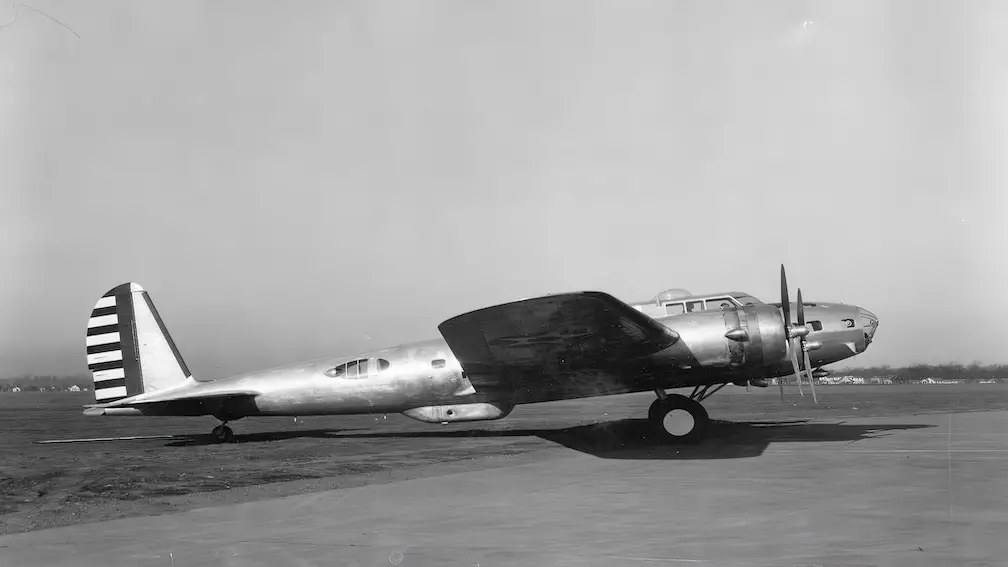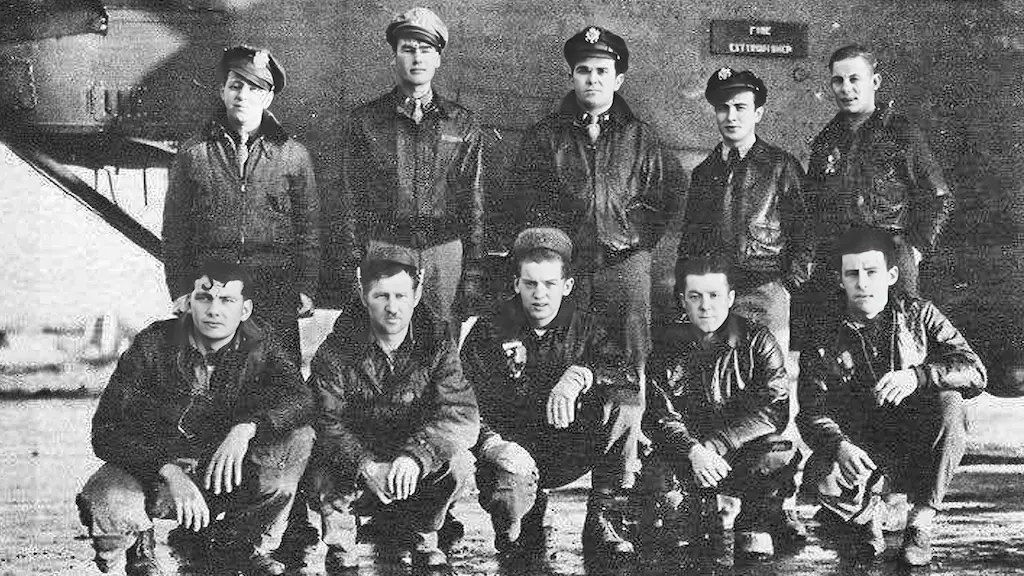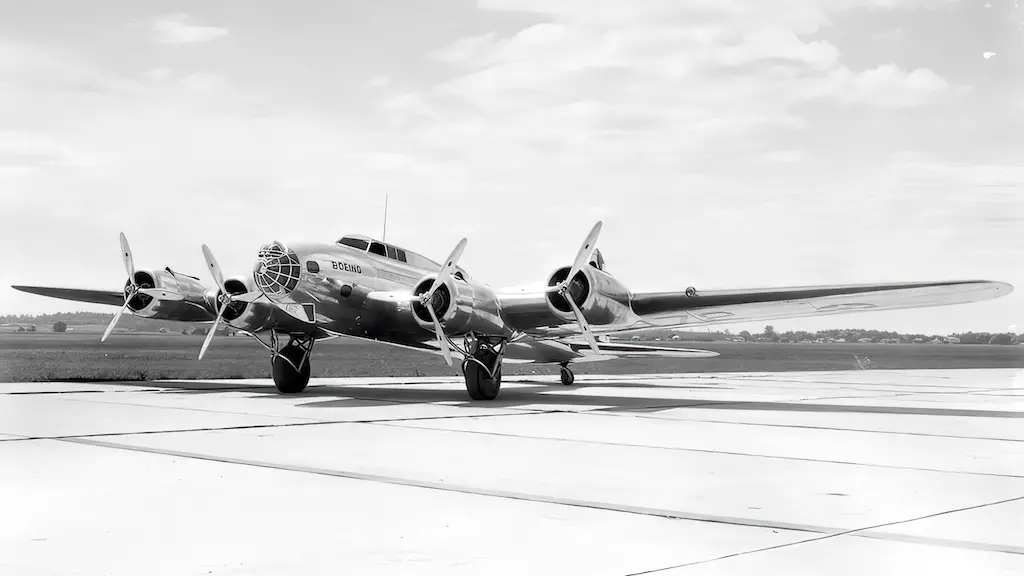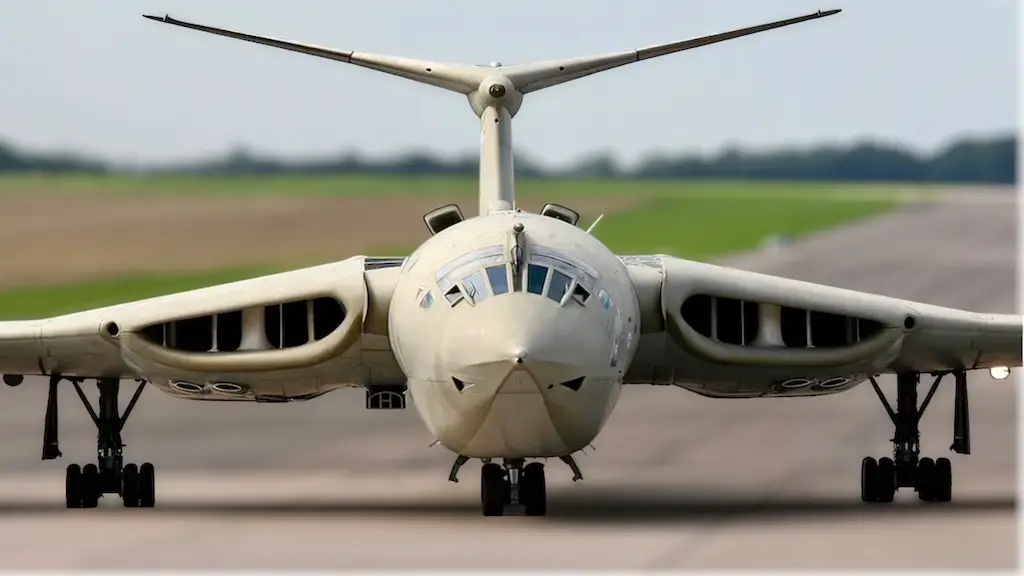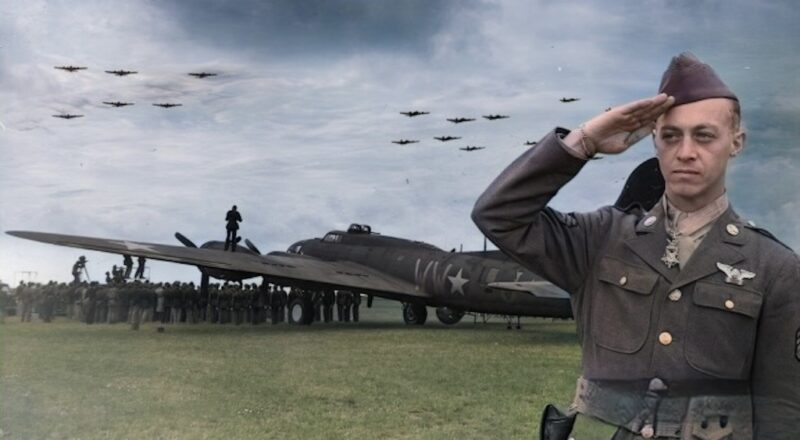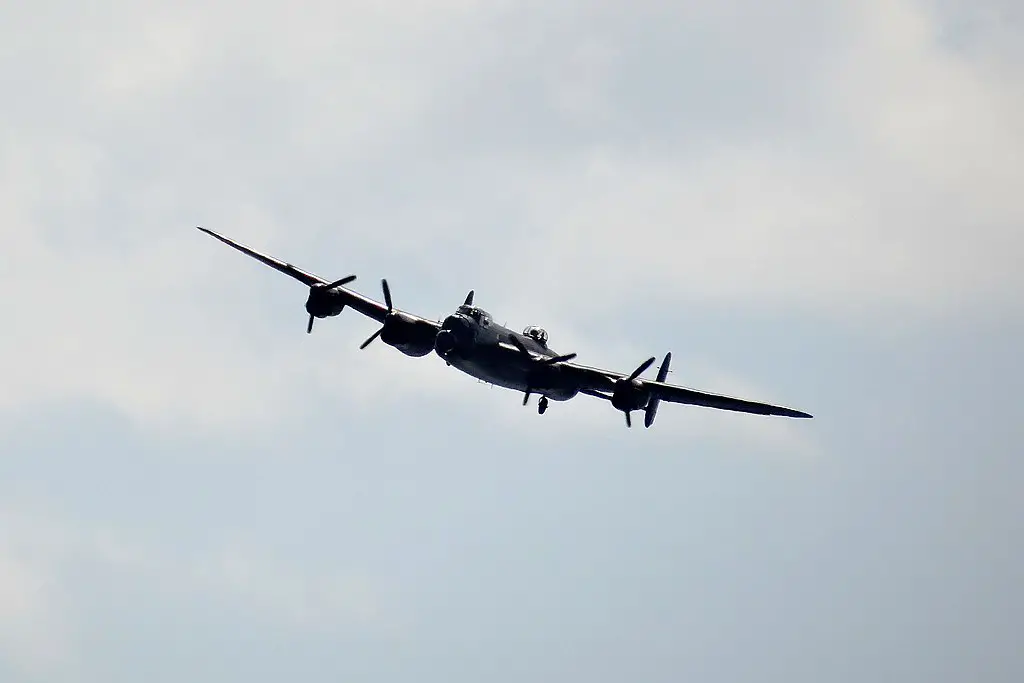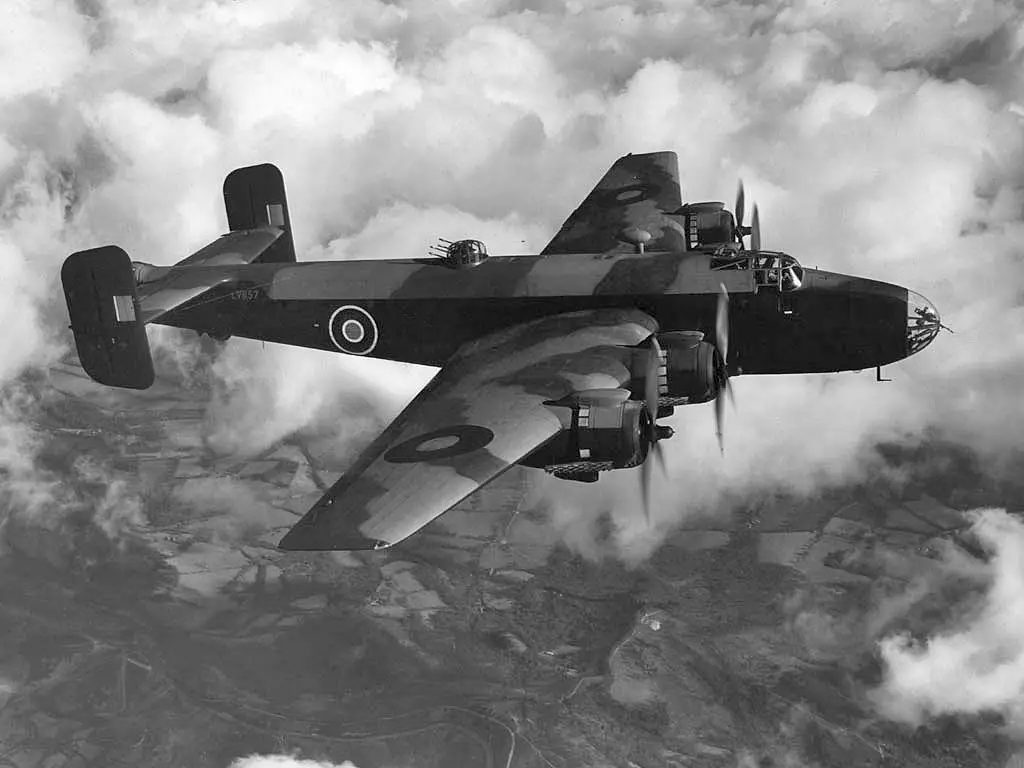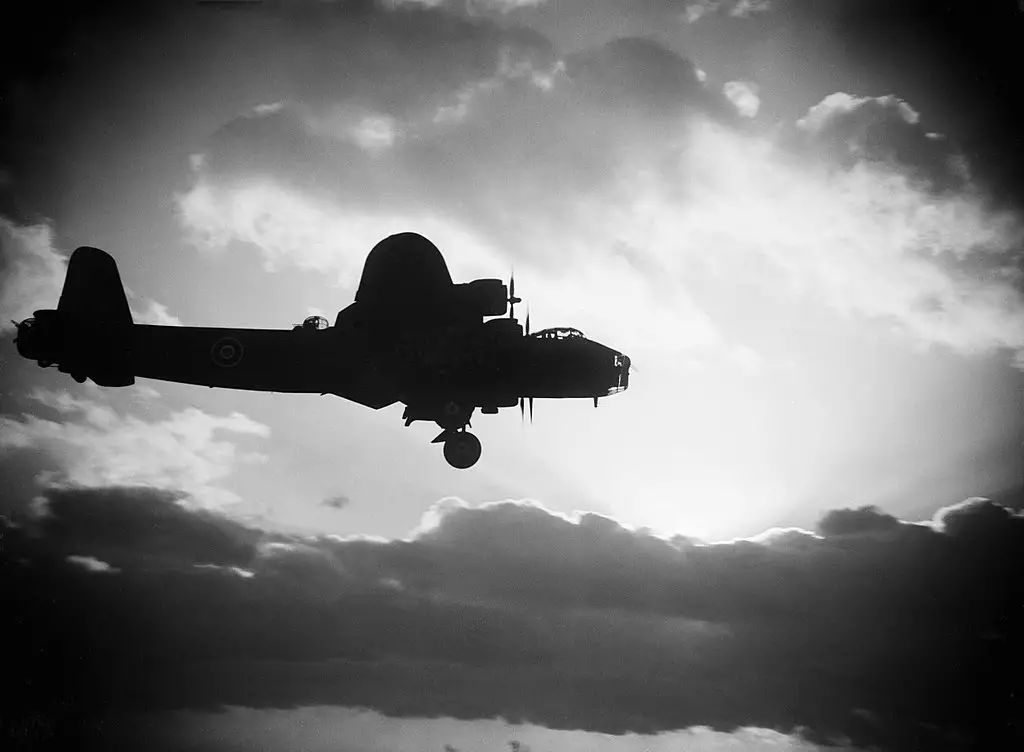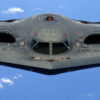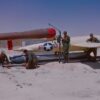The Avro Lancaster was an RAF heavy bomber utilized during WWII. Its inception in 1942 established it as one of the war’s premier and most emblematic bombers. Avro constructed the Lancaster based on the necessity for a new heavy bomber to supersede the outdated Handley Page Halifax and Short Stirling, requiring an aircraft capable of carrying greater payloads over extended distances and with heightened defense mechanisms.
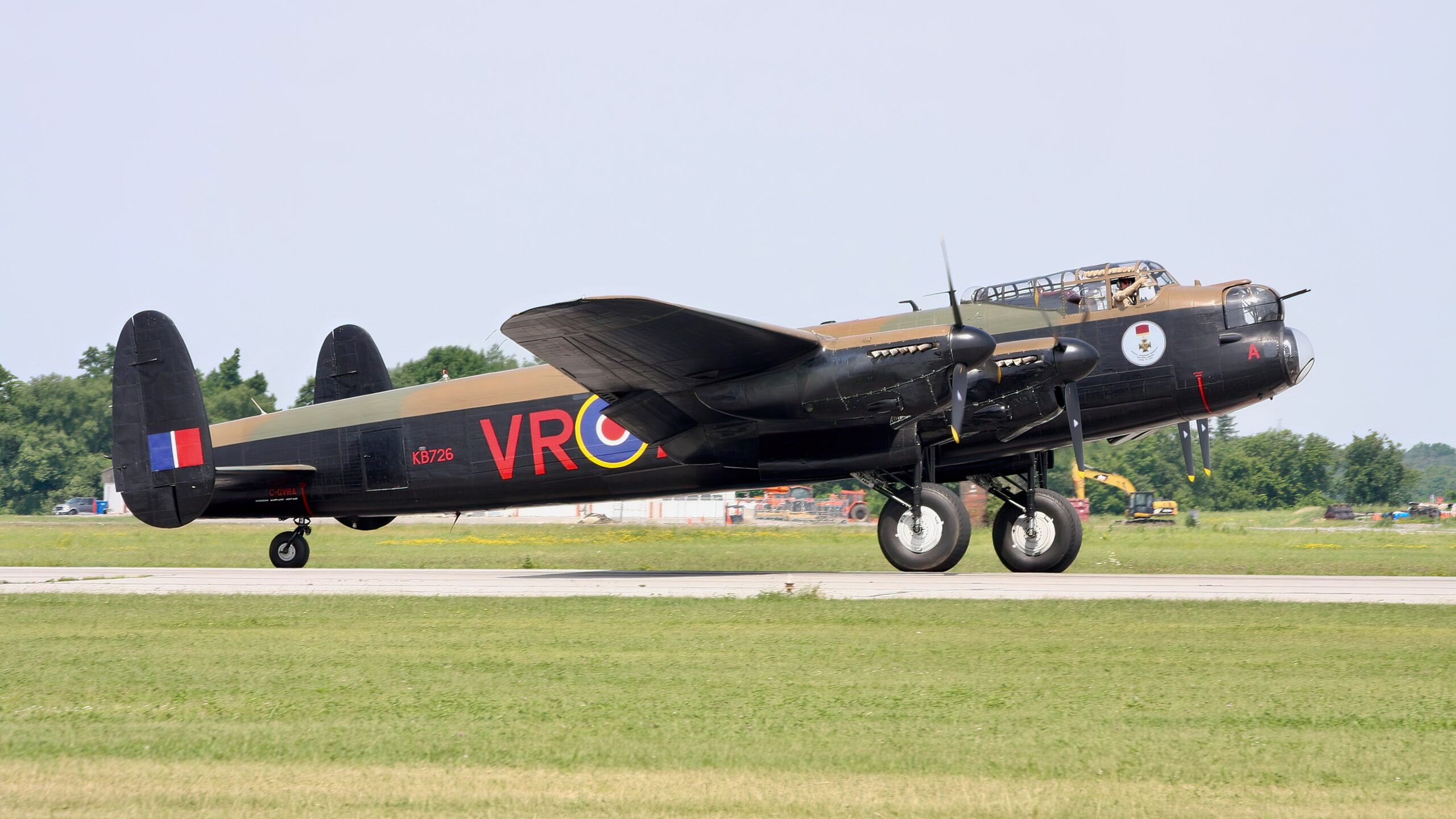
Development
In 1936, the British Air Ministry requested a replacement for their outdated Handley Page Halifax and Short Stirling heavy bombers, leading to the development of the Avro Lancaster. Avro submitted a unique design featuring a larger wing and four engines instead of the traditional two.
Initially inspired by their twin-engine Manchester bomber, Avro opted to deploy the four Rolls-Royce Merlin engines, which had already proven their capability in other aircrafts. The first Lancaster prototype took off in January 1941, boasting great stability and speed, being more heavily equipped with eight .303 machine guns in varying positions.
After extensive testing, the Lancaster entered production in 1942, with 7,377 planes produced during the war. Apart from its primary role as a bomber, the Lancaster was also deployed in maritime reconnaissance, airborne early warning, and transport operations.
It couldn’t do much against enemy fighters on its own
An obstacle that plagued the Lancaster was its susceptibility to attacks from enemy aircrafts. Though it had impressive armament, it lacked agility and its size made it an easy target. Consequently, the Lancaster suffered substantial losses during daytime operations and converted to night missions in which it could better evade hostile aircrafts.
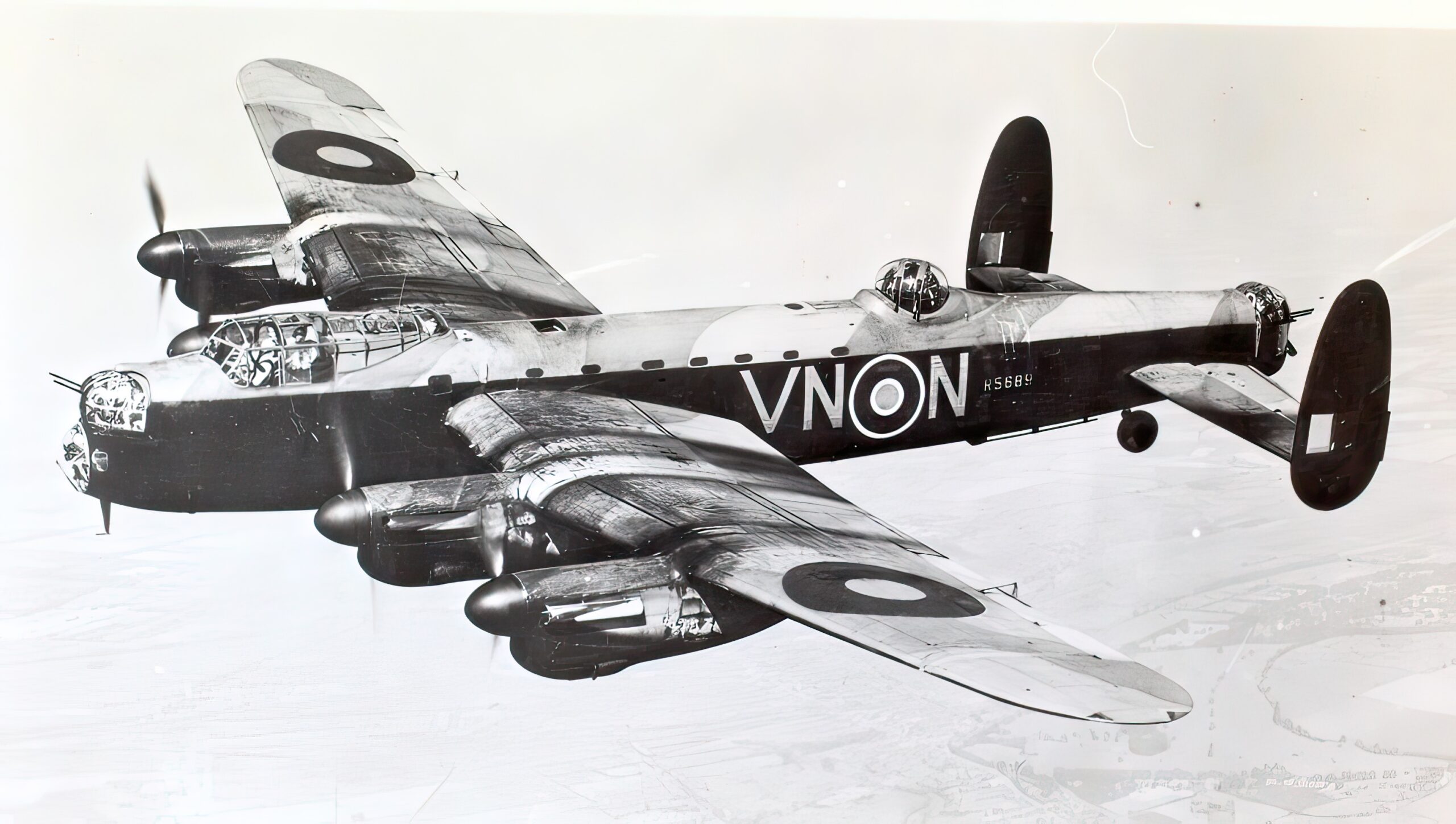
The Lancaster’s crowded quarters for its seven crew members remained an additional problem despite its larger size. Hours on extended bombing missions became wearisome, and the airplane’s cabin lacked pressure, which further deteriorated crew effectiveness. An additional setback concerned the Lancaster’s fuel system. Fuel tanks were situated in the wings, making them vulnerable to enemy fire. Even a slight hole could cause grievous damage, and many Lancasters were destroyed from explosions in the fuel tanks.

The Dambusters
The Dambusters raid was a notable operation executed by the Avro Lancaster airplane amid WWII. The assignment was named Operation Chastise and took place on the night of May 16-17, 1943. The goal of the operation was to hit multiple dams in the Ruhr Valley in Germany that provided hydroelectric power and water for manufacturing.
The dams had robust defenses and proved tough to take down using ordinary bombs, so a new weapon was created for this particular mission, known as the bouncing bomb. The bouncing bomb was intended to ricochet on the water’s surface before crashing against the dam wall, causing a rupture. A remarkable amount of skill from the Lancaster crews was essential to drop the bombs at the right speed and altitude to ensure effectiveness.
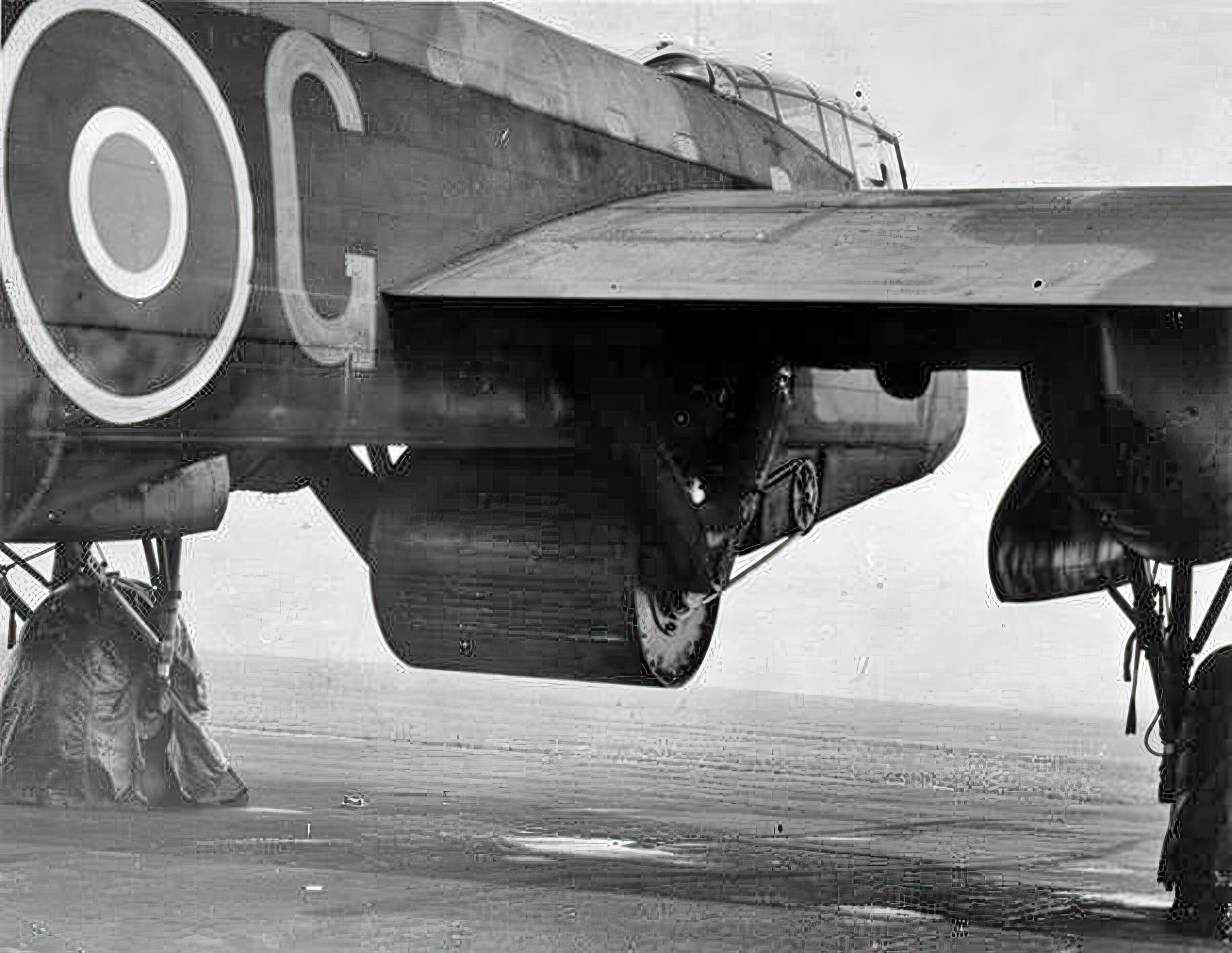
A group of 19 Lancaster bombers was selected and trained specifically for this mission. The aircraft underwent modifications to make the bouncing bombs that were drum-shaped and turned in the opposite direction when tossed out of the plane. The mission was carried out at low altitudes and under relentless fire from anti-aircraft guns. Though several Lancasters were shot down, the crew managed to drop a total of eight bombs, and the Mohne and Eder dams were both breached.
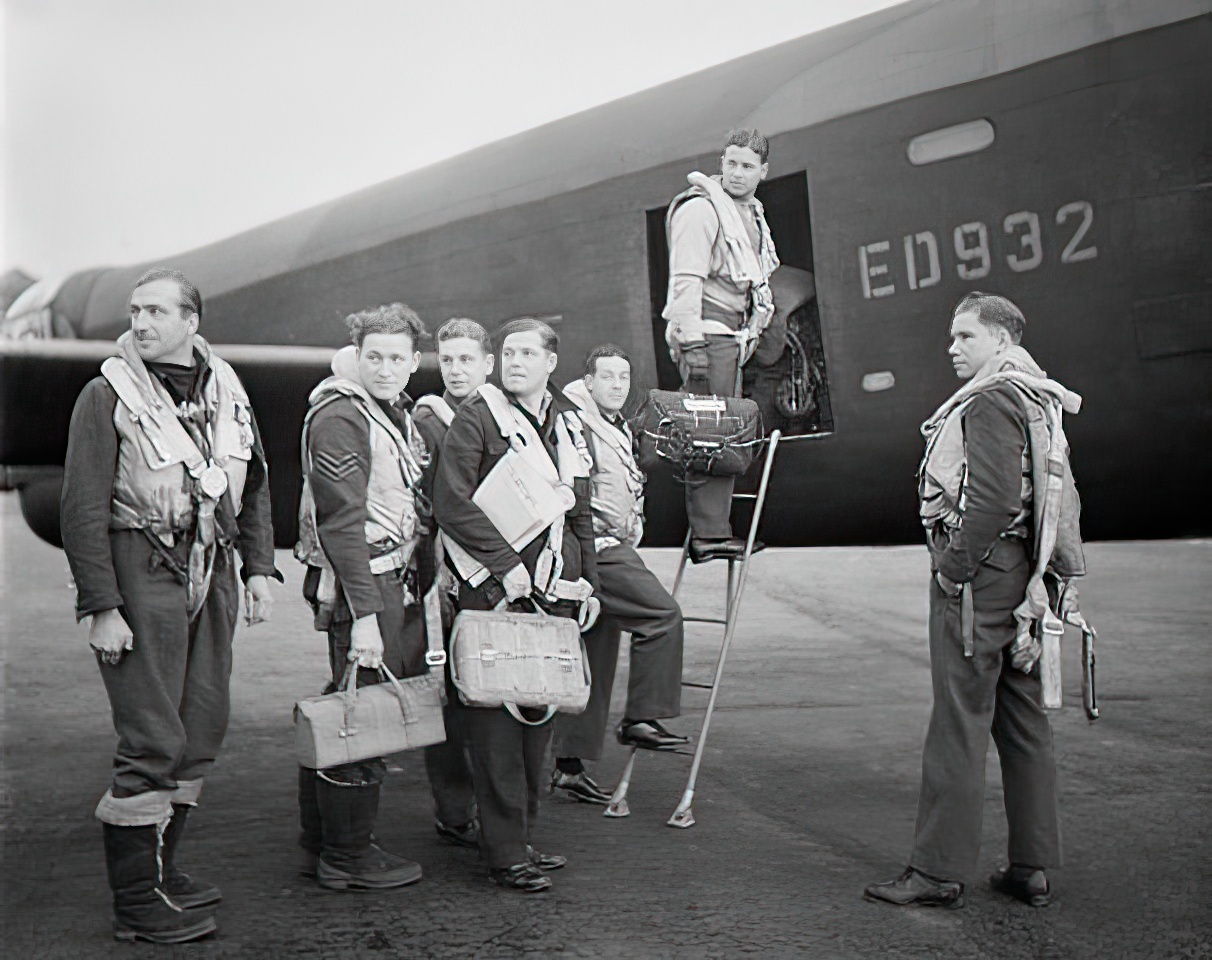
Retirement
Following the cessation of World War II, the Avro Lancaster persisted in service with various air forces, including the Royal Air Force (RAF). Nevertheless, more contemporary jet-powered bombers and transport planes saw it fade into disuse and gradually phase out. The final Lancaster was delivered in 1945 and the last to be decommissioned by the RAF came in 1963. The aircraft was sold to other territories, with some repurposed for civilian applications such as aerial surveys and firefighting.
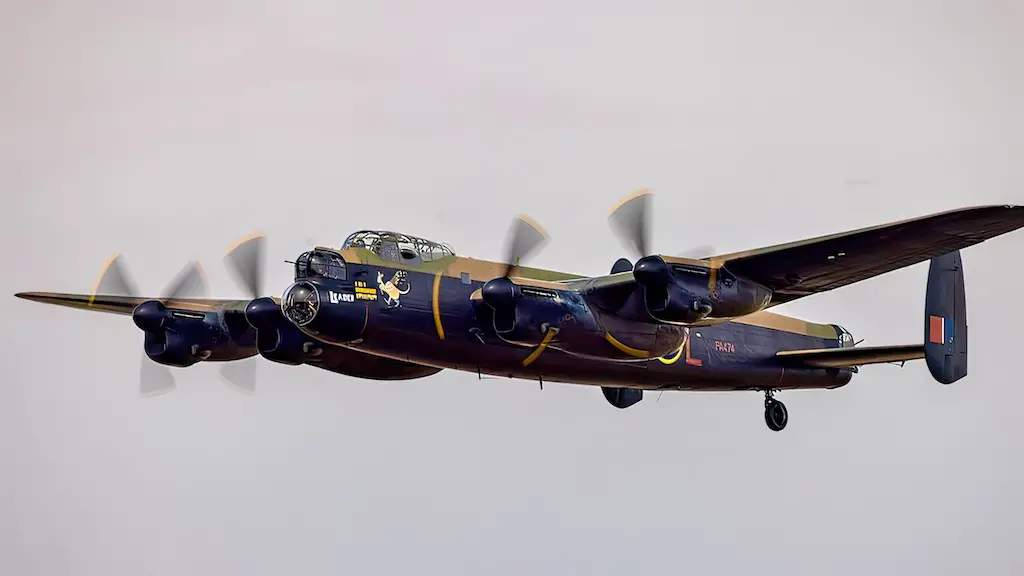
Only a limited supply of Lancaster models still function in the present day, utilized mainly for demonstrations and memorials. Nonetheless, the Lancaster remains an emblematic representation of British aviation, commemorating their contributions to the Allies in World War II.

